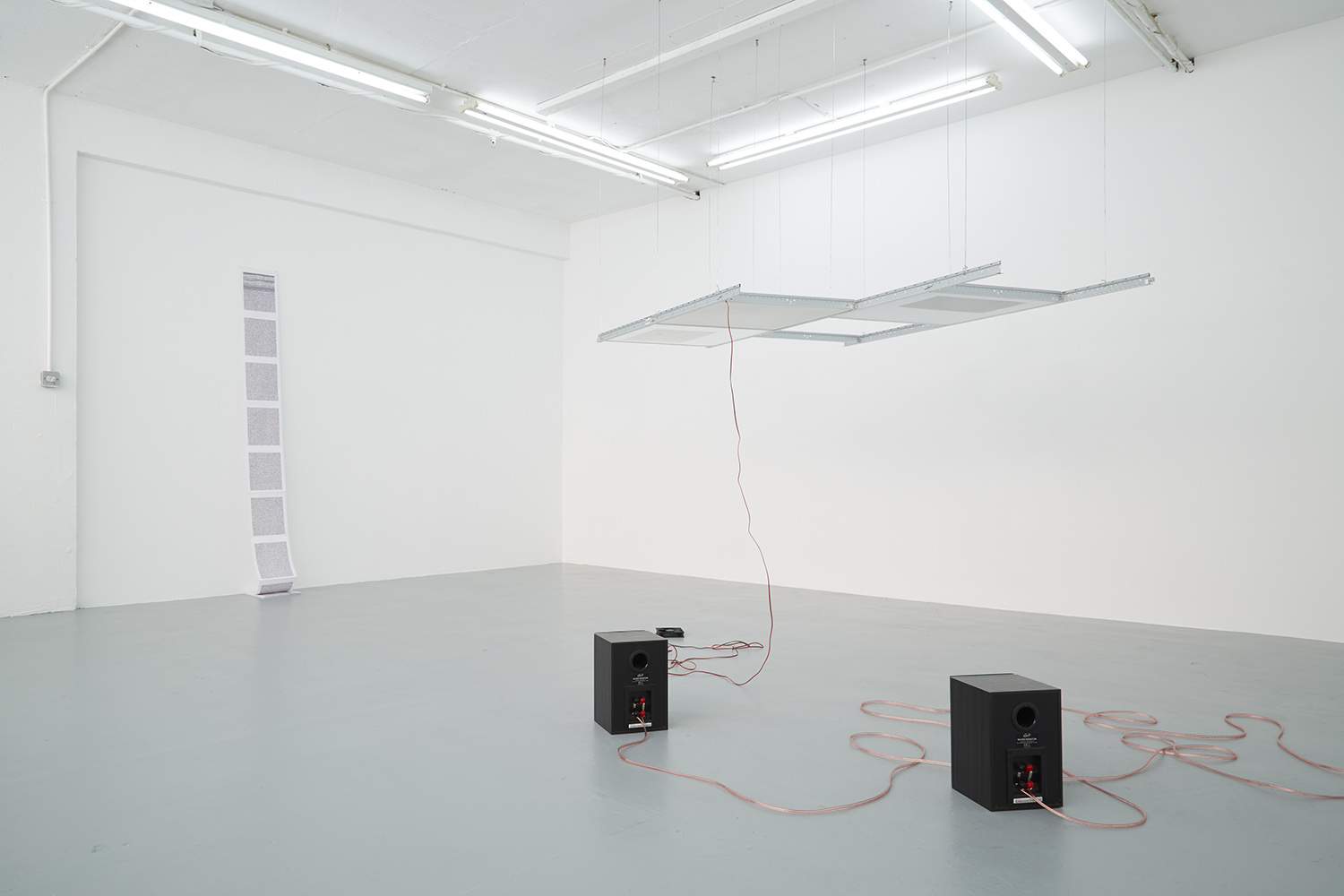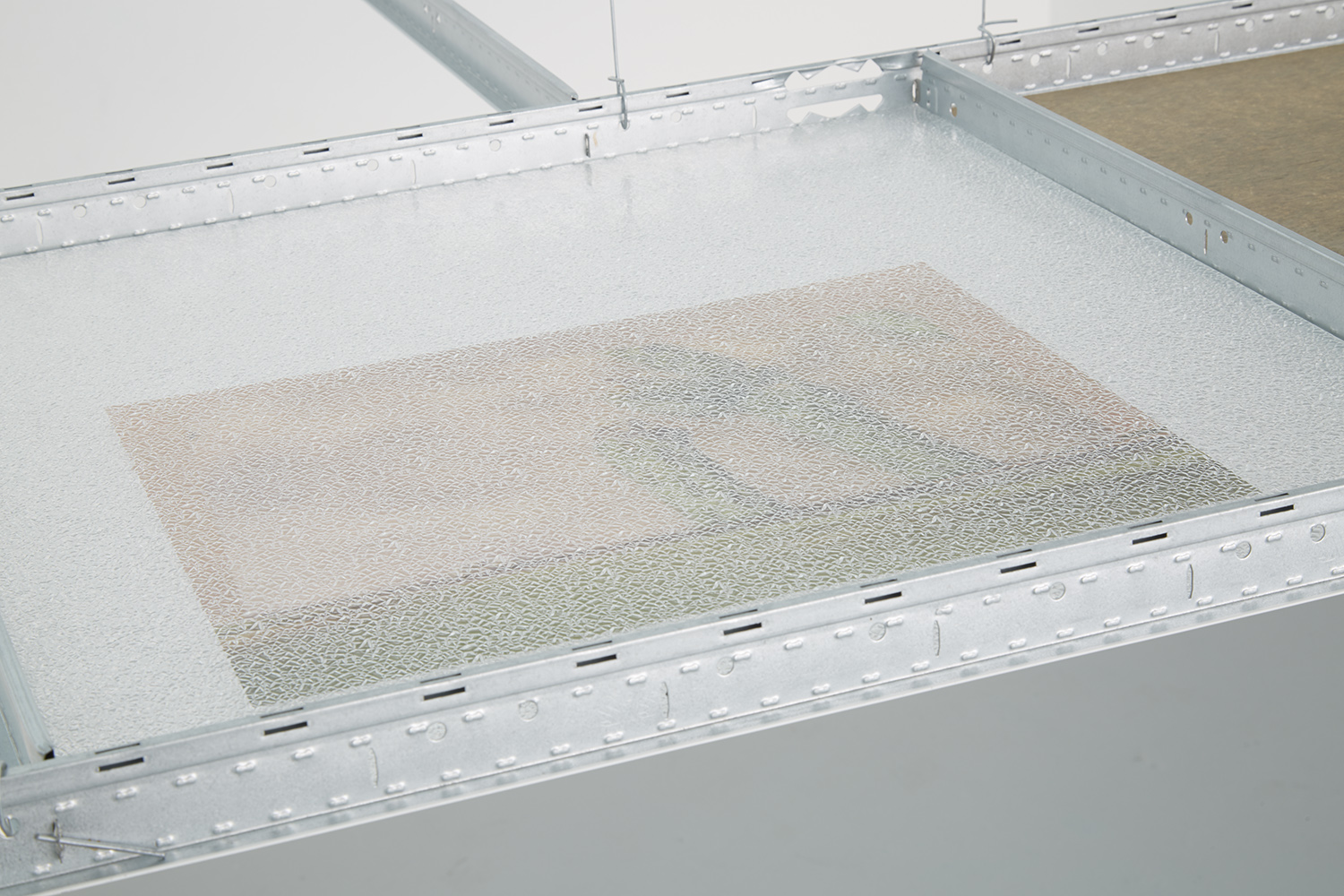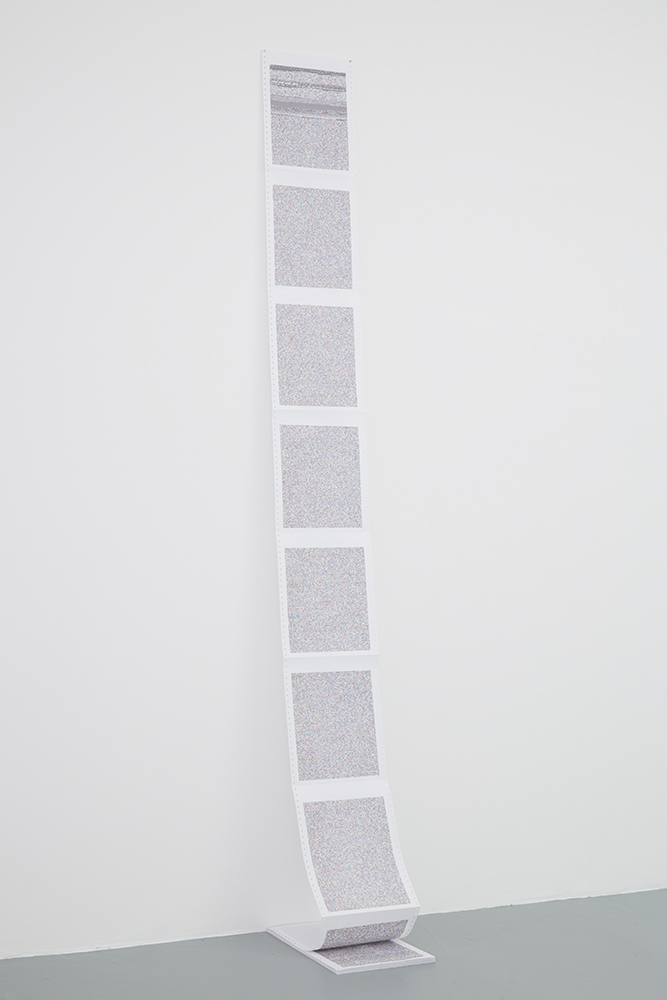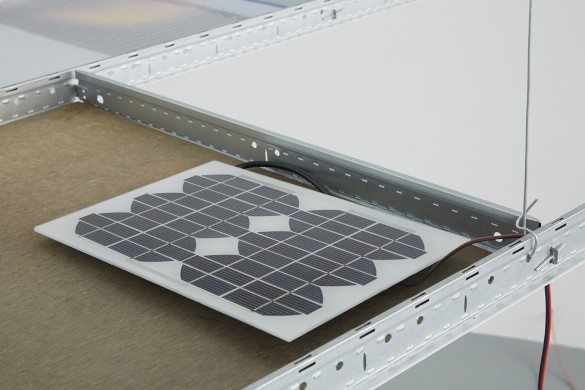How exactly does the mind come to be furnished in the 21st century? London-based artists Lilah Fowler and James Irwin have collaborated on a sound work, that sits as the centrepiece of a new show at Space In Between, and explores ‘today’s landscape as a cartographic human-made structure–where technology is the ink, or maybe even the paper’.
How the mind comes to be furnished
is an inquisitive exhibition which takes a look at the–often invisible–network of data that surrounds, maps and charts human activity; think radio wave oscillations, remote data centres–the kind of thing that ordinary folk tend to think of in slightly mythical terms, familiar with the words but not so much with what they do or how they work. The central sound pieces attempts to ‘visualize’ this, the endless noise of data shown up in the points at which various streams clash (namely, the point at which the blades of a wind turbine are interrupted by local Wi-Fi networks).
Related works are shown alongside this, mostly aimed at creating a tangible response to real yet invisible structures. The works are often referred to as ‘experiments’, existing as examples of a consciousness that might exist in communication between the technologies that shape our world. The openness of these explorations points to a response that is neither directly threatening nor entirely safe; these forces are now thoroughly entangled with human life, activity and indeed, mind.
‘How the mind comes to be furnished’ is showing at Space In Between, London until 27 February. The artists will be in conversation at Space In Between on 27 February at 4pm.




James Irwin & Lilah Fowler, 2016, courtesy of Space In Between (photography by Ben Westoby).





